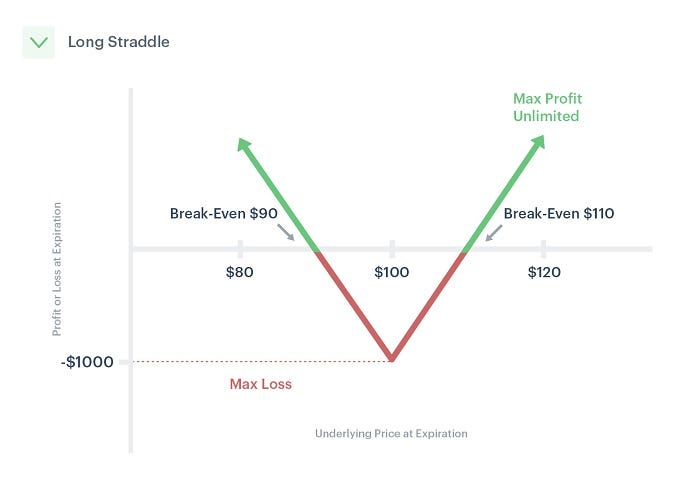How Many Options Strategies Does a Beginner Need?
There are more than four hundred possible options trading strategies. Do you need to know them all? Keeping your options trading simple is generally a good idea. This is especially important for beginners. A trader may think that they will be missing out on potential profits if they limit the number of strategies they routinely employ. However, there are only three directions that the market can go. It can go up. It can go down. And it can trade sideways. There are more strategies available for the trader for each of possibilities than they could reasonably use. So, how many options strategies does a beginner need?
Video Shows Why Diversifying Isn’t as Important as You Thought
What Levels of Options Will Your Broker Let You Trade?
The first way to cut back on how many options strategies you need to learn is to look at what types of options your broker will allow you to trade. Here are the usual options trading levels that a broker will offer.
Level 1: Covered Calls
Level 2: Level 1 plus long calls, long straddles, long puts, long strangles, and covered puts
Level 3: Levels 1 and 2 plus credit spreads, calendar spreads, and debit spreads
Level 4: Levels 1 through 3 plus naked equity puts
Level 5: Levels 1 through 4 plus naked equity calls
Level 6: Levels 1 through5 plus naked index calls and naked index puts
At Top Gun Options we hedge our risk on every single options trade that we make. This automatically removes levels four through six as strategies that any trader and especially a beginner needs to learn. The other issue is that you will need to have sufficient assets to be allowed to trade at progressively higher levels. And you will need to have demonstrated the experience and skills needed for trading at any given level.
What Options Strategies Should One Learn First?
A safe and very commonly used options strategy is the covered call. In this case the person owns a stock. They sell calls on that stock. They earn a premium for the calls that they sell. If the stock does not rise above the strike price of the options contract they keep their profit and their stock. If the stock goes above the strike price of the contract they will keep the premium and will have so sell the stock which they own. The only risk in this case is that the person may end up selling a stock that will keep going up in value and miss out on future profits. The covered call will be allowed by a broker as the person owns the stock and it is an easy trade to understand for beginners.
What Options Strategies to Learn Next
The next strategies to learn and use are, like covered calls, strategies where risk is limited. Long calls and puts are simply strategies where the trader purchases the right to buy a stock if it goes up in price or sells the stock if it falls in price. The risk is limited to the premium paid for the option contract. In both cases, there can be impressive upside potential to these approaches when the market moves dramatically. Long straddles are simply when a trader buys both a call and a put as they expect a great deal of volatility but are unsure of where the market is heading next. While these are trades with limited risk, they are twice as expensive as a call or a put alone. The trader is paying a steep price for their indecision with this approach.
Learning Options Spreads
Time and time again at Top Gun Options we use strategies like bear or bull call or put spreads. In all of these strategies we are limiting risk and setting up a profit when the stock moves in the direction that we expect. The mechanics of these strategies are not difficult to understand. However, knowing which to use under specific market conditions involves a learning curve. This is especially where it is valuable to join a dedicated trading squadron like at Top Gun Options where we potentially print money no matter if the market is going up, down, or sideways.
Disclaimer: Investing carries risk. This is not financial advice. The above content should not be regarded as an offer, recommendation, or solicitation on acquiring or disposing of any financial products, any associated discussions, comments, or posts by author or other users should not be considered as such either. It is solely for general information purpose only, which does not consider your own investment objectives, financial situations or needs. TTM assumes no responsibility or warranty for the accuracy and completeness of the information, investors should do their own research and may seek professional advice before investing.


